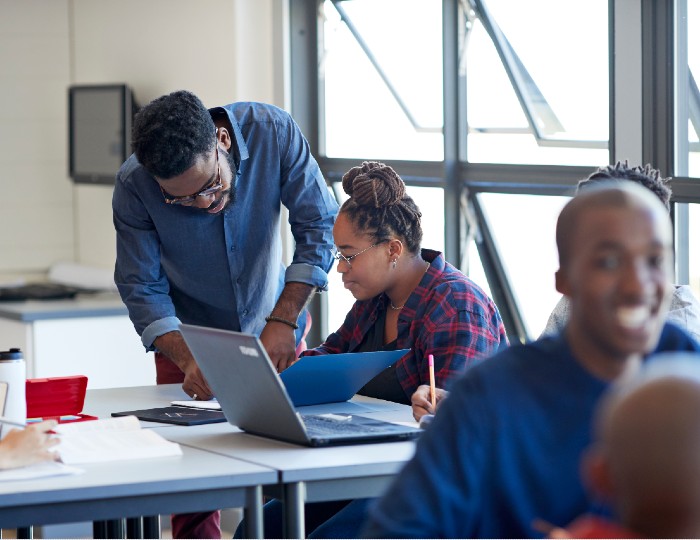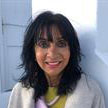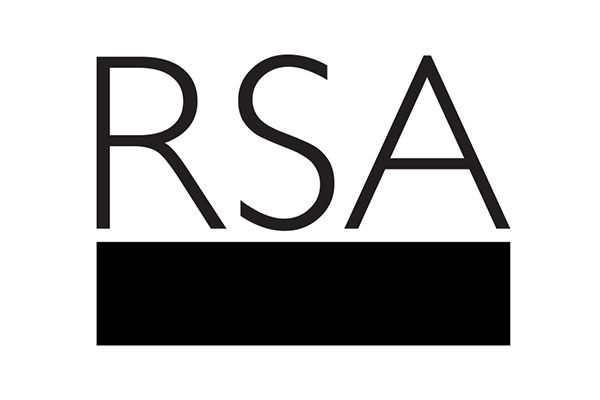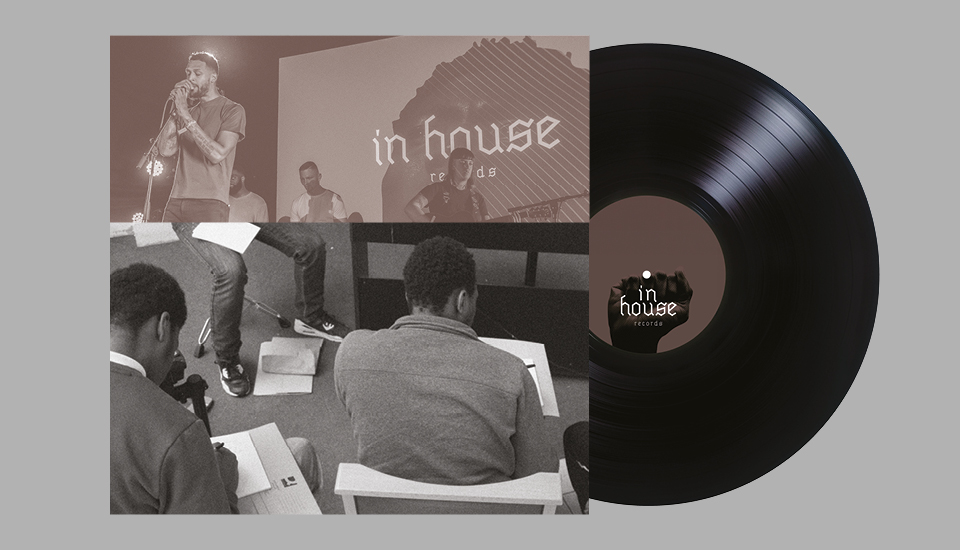Disrupted schools can lead to schooling reimagined. Hybrid learning (remote and face-to-face) will work well for some students and not for others; this is unchartered territory. Meena Kumari Wood FRSA argues that assessment and feedback is critical to promoting independent learning and learners for life, through and beyond the curriculum post-Covid-19.
Schools are operating across a completely unlevel playing field. In fact, this landscape is more like an ice rink, with some expert skaters, gliding like swans, others wobbling, falling and getting up again, whilst others cling precariously to the safety bar at the side.
We used to talk about closing the gap when it comes to how pupils achieve. In the current climate, the challenges of lockdowns in tracking student engagement are about bridging a chasm in all schools. All this begs the question of how teachers can ensure fairness against the background of differential loss in learning when the full range of their students sit alongside each other in their virtual and face-to-face lessons. Coming back to our analogy, how do we convert our wobblers and non-starters into gliding swans, and ensure curriculum equity?
Knowledge is now available at the click of a button, anytime, anyplace and anywhere. Successive lockdowns have demonstrated the value and impact of unleashing this knowledge through hybrid learning. However, education should not just be about acquiring silo subject knowledge but should also be about acquiring the skill to transfer that knowledge. Self- motivation, memory and self-regulation are recognised as key essential ingredients of active learning in whichever context. These are also the skills needed by young people in everyday life, further training and employment. With the advent of AI, the workforce of tomorrow needs now more than ever to become less compartmentalised and more reactive, adaptive, creative and, above all else, ‘self-motivated.'
Teachers would do well to move learning objectives away from knowing information (regurgitated in examinations) to students demonstrating how they can use the knowledge and skills they have learnt and develop self-regulation (learning to learn skills). Assessment and feedback are the greatest catalysts in developing these skills and can inform the way we train young people to work at their own pace; refining and deepening their learning.
Only by undertaking evaluative processes, might we identify the teaching and assessment strategies that best deliver this knowledge effectively and develop students’ learning to learn (metacognition) skills. Assessment practice that interlaces teaching and learning, helps students address common misunderstandings, embed key concepts and transfers skills to their long-term memory. Most importantly, students can apply what they have learnt with confidence. In other words, students are able to know more, remember more and do more!

The iceberg learning model
In this model the active interlacing of learning and teaching is a continuously fluid process triggered by a teacher’s written and verbal feedback, along with any peer feedback and self- assessment. Two thirds of the iceberg (the invisible learning), contains the active acquisition of knowledge and skills. In the one third of the iceberg, above the surface, the knowledge and skills then surface as impact of visible learning in students’ verbal and written responses. The circularity of the feedback process includes the student’s reflection and response to the feedback.
The extent to which students develop conceptual thinking and metacognitive skills, is of course, highly dependent on the quality of the feedback. Once learning becomes relevant and meaningful, students can apply what they have learnt within context.
From knowledge transmission to assessment and feedback
In their 2007 study on the power of the feedback, John Hattie and Helen Timperley assert that effective feedback must address three major questions asked by a teacher and/or student: Where am I going? (the goals); How am I going? (the progress being made toward the goal); and Where to next? (the activities that need to be undertaken to make better progress).
The authors rightly identify misconceptions – or “faulty interpretations” – in feedback as key to helping students move forward. In general, the majority of feedback in classes is task-based feedback, the most acted upon is ‘where to next?’ and the least effective is focus on self-regulation, or constructive ways that improve the learning to learn skills. What would happen if we balance our feedback equally between imparting knowledge (task level) to giving the student prompts on monitoring his/her choice of process strategies in the completion of task? Arguably this can radically change the current ‘transmission’ paradigm of education and allow students to take greater responsibility for their learning.
Encouraging learning requires a systematic evaluation of what has been learnt, common misconceptions and what has not been learnt by which students, and why. This source of information provides an excellent opportunity for teachers to plan future learning tasks and activities and structure opportunities for feedback on self-regulation.
Ipsative assessment measures how well a particular task has been undertaken against the student’s best work or against their most recent piece of work. Used with dialogic feedback, it focuses on the areas where a student needs to improve/consolidate/extend learning to the next level. Acting on feedback means a student is motivated and leading their own learning.
Our teaching focus needs to be inverted from knowledge transmission to assessment and feedback. This can better inform the way we can train young people to work at their own pace and develop their metacognitive skills. Flip learning is a technique that encourages effective assessment and encourages interdependence. An aspect of knowledge is researched or reviewed before the lesson (for example, a video/YouTube clip). Students have structured opportunities to create questions that they can ask of the teacher or their peers, or they can create a brief summary as in a knowledge organiser. This allows the teacher to assess what they have understood, and most importantly, what they have not understood and to identify any misconceptions that can subsequently be addressed. Additionally, pre-prepared e-learning modules can be used.
Hinge questions lend themselves to synchronous learning with Google or polling tools built into Teams or Zoom. Closed multiple choice questions are an extremely powerful tool for understanding what students know and what they do not. What is key as always is the analysis of responses by the teacher that informs next stage planning.
Digital technology, if integrated intelligently and led by students’ needs, has the potential to free up the teacher in transmitting knowledge. Instead, the teacher can focus on assessment and feedback and take on the role of one-to-one tutoring, or small group tutoring. It is now widely accepted that teaching quality is more important than how lessons are delivered. For example, we know that synchronous (live) and asynchronous (pre-recorded) lessons can work side by side. Nevertheless, the advantage of asynchronous learning is that students can digest the knowledge and skills they need and review their learning at their own pace. For instance, some teachers found that recording voice notes over slides enabled pupils to listen to instructions repeatedly at their own pace so they could complete the lesson. Research evidence emerging from lockdown shows that this provides an effective resource for a range of students. Learners who benefit enormously include slower learners, those with dyslexia, those who need visual and graphic imagery to understand concepts, those for whom English is an additional language and others. Is this the new social leveller?
Project-based learning
Given the move towards hybrid learning, should we not also consider project-based learning as a more authentic assessment? If we believe that acquiring knowledge can be facilitated remotely, the next stage is assessing what has been learnt and thereafter, how the knowledge is applied. The global competencies and skills we want our children to gain include resilience, flexibility, critical thinking, conceptual and creative thinking skills. Promoting speaking skills in young people is needed more than ever before; students showcasing their projects involves public speaking and active listening skills. In addition, students develop social cognition.
How is project-based learning best assessed? Synoptic assessment encourages students to combine elements of their learning from different parts of the programme of study, show their accumulated knowledge and understanding of an aspect or topic and how they integrate and apply their skills. This tests a student’s capability in applying the knowledge and understanding gained in one part of the programme to increase their understanding in other parts of the programme, and is especially useful for linear subjects such as maths, science and languages. One project – for example, on climate change, deforestation, global warming, and renewable energies – can create cross-curricular concepts, relevant to science, maths, geography and spiritual, moral, social and cultural development (SMSC). This gives students a structured opportunity to present a persuasive argument in a debate that draws on their prior knowledge and understanding.
If we want to encourage public speaking, persuasive reasoning and critical thinking skills, students can work in small groups with each presenting a concept, backed by empirical data; for instance, deforestation, effects of global warming, forest fires, plastics pollution, the economic interests of politicians and businesses. Other students can be tasked with seeking solutions; for instance, renewable energies, changing human diets or presenting their findings to the UN.
Acquiring knowledge and skills is at its best when the assessment focuses on how students can apply their subject knowledge in progressively more challenging real-world situations, rather than testing only the knowledge itself. Structuring in opportunities for self-reflection as an integral part of assessment process helps students to make links to past study and to solve problems independently.
As the American Romantic poet, critic and diplomat, James Russell Lowell said: “Not failure, but low aim is crime”. To sum up, teachers need to demonstrate that the goal is relevant and that they believe in the ‘high aim’ so that the student believes this about himself/herself. Feedback is key within this process if we wish to help all our students to let go of the safety bar at the ice rink and become confident, knowledgeable, skilled learners.
Meena is a former Her Majesty’s Inspector and is now an International Educational Adviser and Trainer on leading curriculum and assessment. She has held senior leadership positions in schools and in further education colleges, including Principal of a secondary academy. Her latest book, 'Secondary Curriculum Transformed: Enabling All to Achieve' was published by Routledge in 2020.
The RSA has been at the forefront of societal change for over 250 years – our proven Living Change Approach, and global network of 30,000 problem-solvers enables us to unite people and ideas to understand the challenges of our time and realise lasting change.
Make change happen. Find out more about our approach. #RSAchange
Related articles
-
Making the most of your late career
Comment
Ann Thorpe
How do you harness your potential in the last chapter of your career? Ann Thorpe explains how the Late Career Alliance could help to craft your career narrative, impact and legacy.
-
-
Soul conversations
Feature
Judah Armani
A designer’s unorthodox approach is transforming the way education is delivered in prisons across the UK and in the US.




Join the discussion
Comments
Please login to post a comment or reply
Don't have an account? Click here to register.
Totally agree - having been in the UK state and independent sector, as well as leading IB schools overseas this is the way to ensure there is a synergy between meeting society's needs, facilitating inclusion and developing critical thinking, collaborative adults, ready to face a world in constant change.